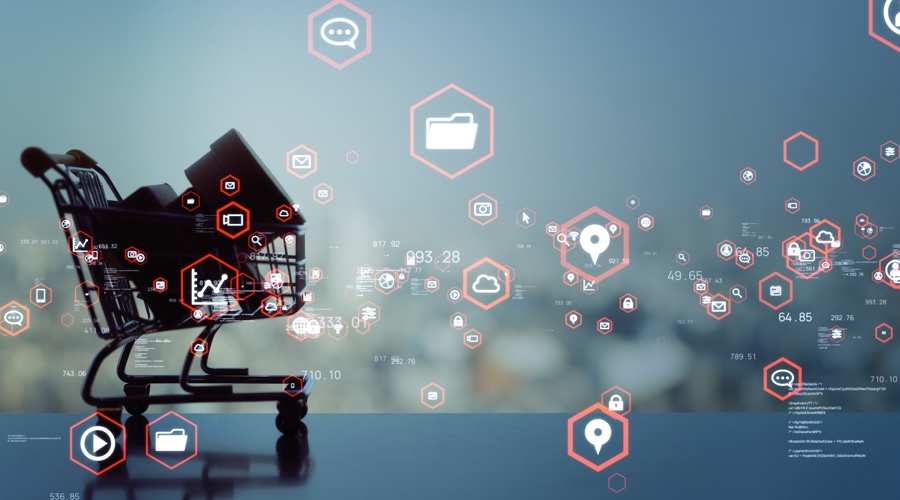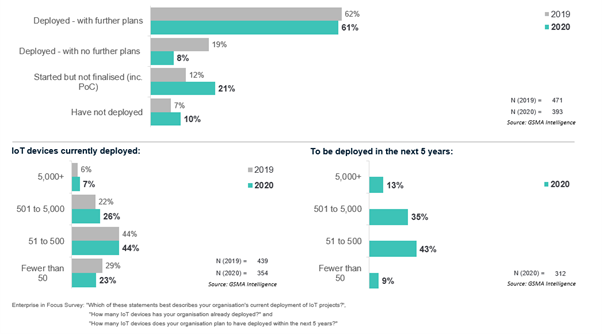
on Posted on Reading Time: 4 minutes
Recently, Amazon announced the opening of its Amazon Salon in London, a hair salon to test “the latest industry technology,” such as augmented reality (AR). This development is hot on the heels of its “cashier-less” grocery store, which mimics a traditional grocery store but with the ability for shoppers to pay for their items without having to check out at a cashier. The store uses high-tech cameras linked to inventory stocks to achieve this experience.
Combined with an easing of lockdown restrictions, it’s truly a great time to be living in London! (Though, to be fair, the London outlet joined over 20 stores already in operation across the U.S. under the “Amazon Go” brand.)
While this move further signals Amazon’s ambitions to expand its share of the consumer wallet beyond online distribution, the greater significance is that it underlies the overall transformation of the retail sector, which has only accelerated because of the COVID-19 pandemic. Indeed, the pandemic has changed the face of retail forever: Brick and mortar stores with no online presence, and hospitality and tourism generally, have felt the negative impact of the pandemic the most, having to close doors to adhere to COVID-19 rules. But, even where business has been less impacted, the move to an omnichannel retail experience—integrating mobile apps, social media, in-store, and online shopping for a seamless customer experience—has been hastened.
Data-Driven Digital Transformation
Of course, like so many other industries, the retail sector’s digital transformation must be data driven. According to the GSMA Intelligence Enterprise in Focus survey 2020, 63% of retailers deployed IoT as part of a wider transformation agenda. 69% of surveyed companies, in turn, have already deployed IoT solutions (see chart), with a majority having less than 500 connected IoT devices.
Connecting the assets, however, is just the first step. The next step is to collect, and then analyze, data to gain meaningful insights to change business processes in line with strategic goals. What are those goals? Per the survey, the top three IoT objectives for retail companies are:
- QoS (45%)
- Customer loyalty (44%)
- Supply chain management (40%)
Of course, technologies, such as SD-WAN, 5G, edge computing, AI, and IoT play a key role in enabling all of this.
IoT deployment status, retail

Revenue Generation is Top of Mind
When asked whether IoT was deployed to save on costs or to generate new revenue, IoT decision-makers were equally split in 2019 (50% each). In 2020, however, revenue generation came out on top (52%), with retail decision-makers being ever so slightly above the average at 54% (a 4% increase from 2019). Although this percentage change is small, it reflects a steady move towards using data-driven insights to create new revenue streams as a reason for IoT deployment.
Real-Life Retail Applications
So how about some real-life examples of the retail applications that are currently on the rise?
Contactless Payments
Point-of-sale will remain the largest segment within retail:
Even before the pandemic, this transition has been supported by moves to cashless payments and government initiatives to stimulate electronic payments, such as those in India and Mexico. The coronavirus pandemic has taken the move to another level as it facilitates germ-free, fast, and safe transactions. Also, due to social distancing restrictions, roaming PoS is on the rise, with tablets/PoS being carried around by staff members, as pubs and restaurants move to ensure Covid-safety guidelines are being followed, while reducing congestion.
Autonomous Checkout
It’s the final step in the journey retail has been undergoing to streamline the whole shopping experience:
From cashier-less self-checkouts, scan-and-go, click-and-collect and mobile checkout. Autonomous checkout, e.g. Amazon’s “just walk out” technology mentioned earlier, allows retailers to grow their operational efficiency and profit margins. What’s more, automating the process itself leads to a greater data capture and a better understanding of customer behavior, which in turn can inform retail strategy by AI-enabled personalized marketing and content management.
Robotics
Ocado, the British online retailer, had already transformed itself into a technology company, investing in robotics, AI/ML, edge networking, and its Ocado Smart Platform (OSP). Its recent partnership with Oxbotica takes this forward, aiming to increase warehouse automation, via the use of robots for packing, transporting, and delivering groceries. Supported by a private LTE network to control 1,000 fast moving robots in its logistic center, we can see the shape of things to come.
While the pandemic has boosted the rise of enterprise systems, such as ERP systems, payroll systems from on-prem to the cloud, it has also underlined the need to process data at the edge. By moving workloads to the network edge, devices can run algorithms to analyze data and act locally, sending only what’s needed to the cloud. At the same time, data security and ensuring data privacy is key—our data indicates that retailers that deployed IoT to ensure regulatory compliance have done so to adhere to data-security regulation.
So, what comes next?
5G is a given. And, as it matures, the retail sector already has clear expectations focused on higher speeds (65%), private networks (58%), and latency (52%). 5G, however, needs to be seen as a means to an end. After all, enterprises aren’t concerned with technology per se—they want to connect the physical and digital worlds. Today’s technology discussions—whether focused on AI/ML, IoT, 5G, edge, or SD-WAN solutions—need to be focused on delivering that.
I look forward to exploring the omnichannel retail experience further with other industry experts in MEF’s upcoming webinar, How Edge AI Services Benefit the Retail Sector.
Learn More
Join our upcoming webinar: How Edge AI Services Benefit the Retail Sector, A Complimentary MEF Webinar Exploring the Power of the Edge on 26 May 2021 at 11:00 am EDT.
Tags: edge computing
